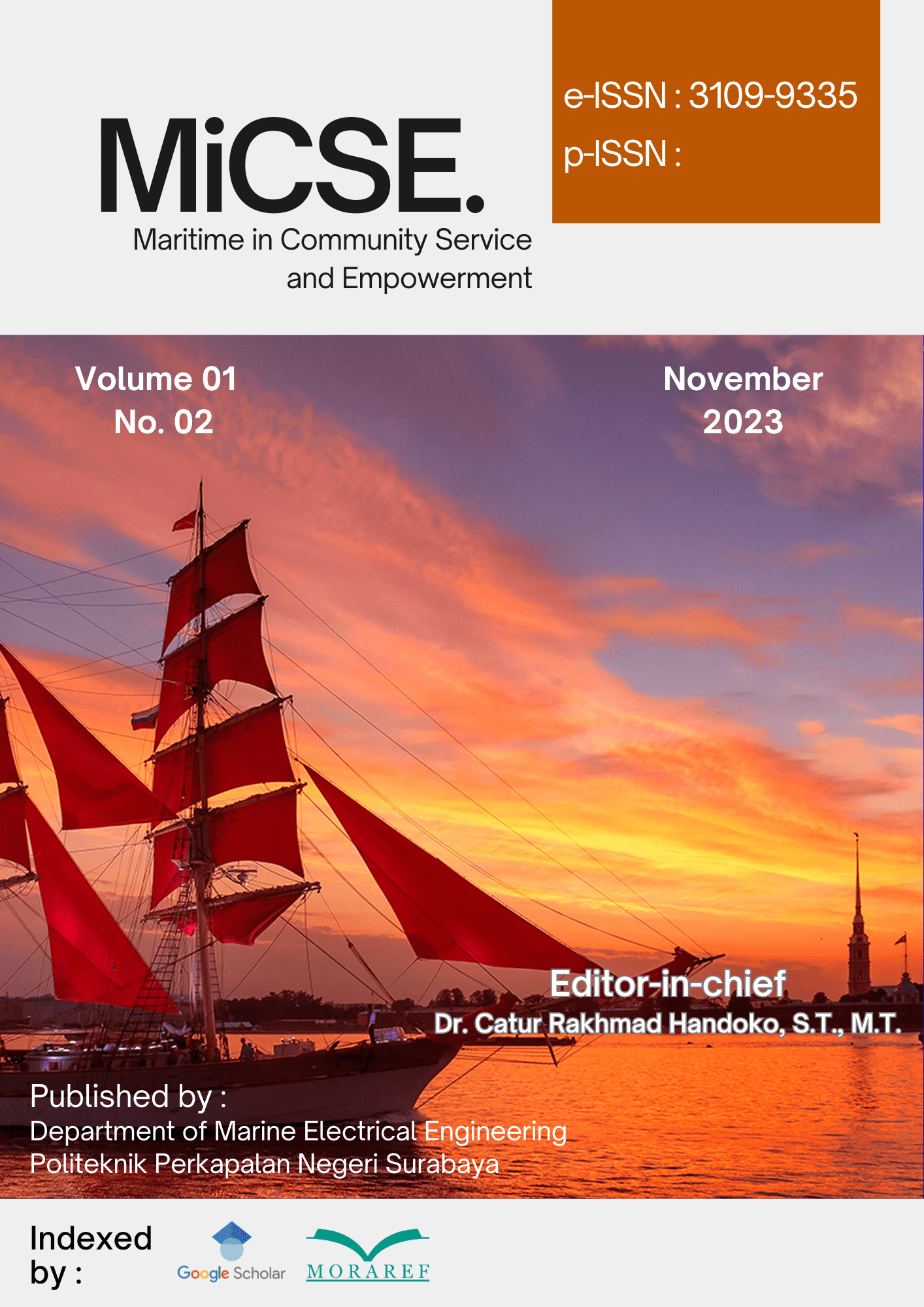Modeling of DC Motor Control System Using LQR and LQT Methods with Noise Integration: Application for Community
Keywords:
Distraction, Optimal control, LQR, LQTAbstract
A control system is a configuration of several components designed to produce a desired output response. The primary goal of a control system is to regulate the output values in a specific state set by the input through the control process. The study of optimal control systems has garnered significant attention due to the advancement of high-performance systems and the availability of digital computing resources. To address such challenges, decision-making rules are required, incorporating certain constraints to minimize deviations from the desired ideal condition. The Linear Quadratic Regulator (LQR) and Linear Quadratic Tracking (LQT) are methods employed in optimizing DC motor control systems. In any control system, disturbances or noise are inevitable. Noise refers to signals that can influence the output of the system, potentially impacting its overall performance. In the context of community service, the application of these methods in control systems can contribute significantly to projects aimed at empowering communities in rural or underdeveloped areas. By improving the precision and reliability of technologies such as DC motor-based systems, these control mechanisms can be employed in various community-driven projects, such as local manufacturing, renewable energy generation, and agricultural tools, providing a pathway to greater economic independence and social development. This research explores how integrating LQR and LQT methods can enhance the functionality and stability of such systems, despite the presence of external disturbances or noise, thereby optimizing the benefits for community-based empowerment programs.



